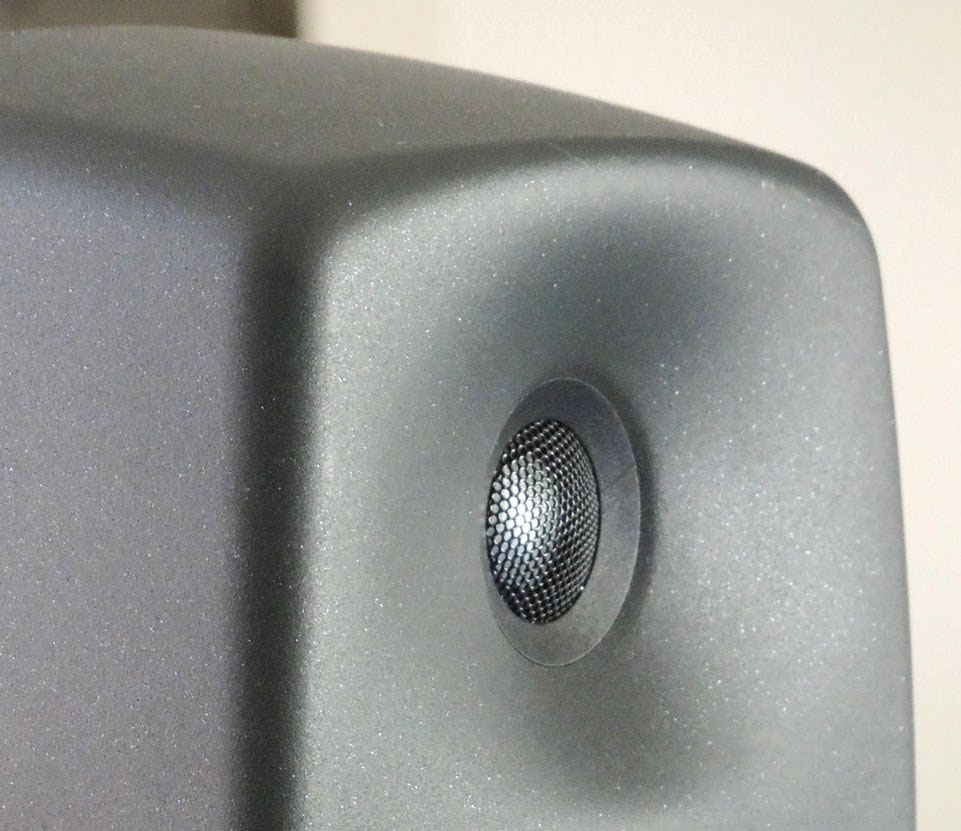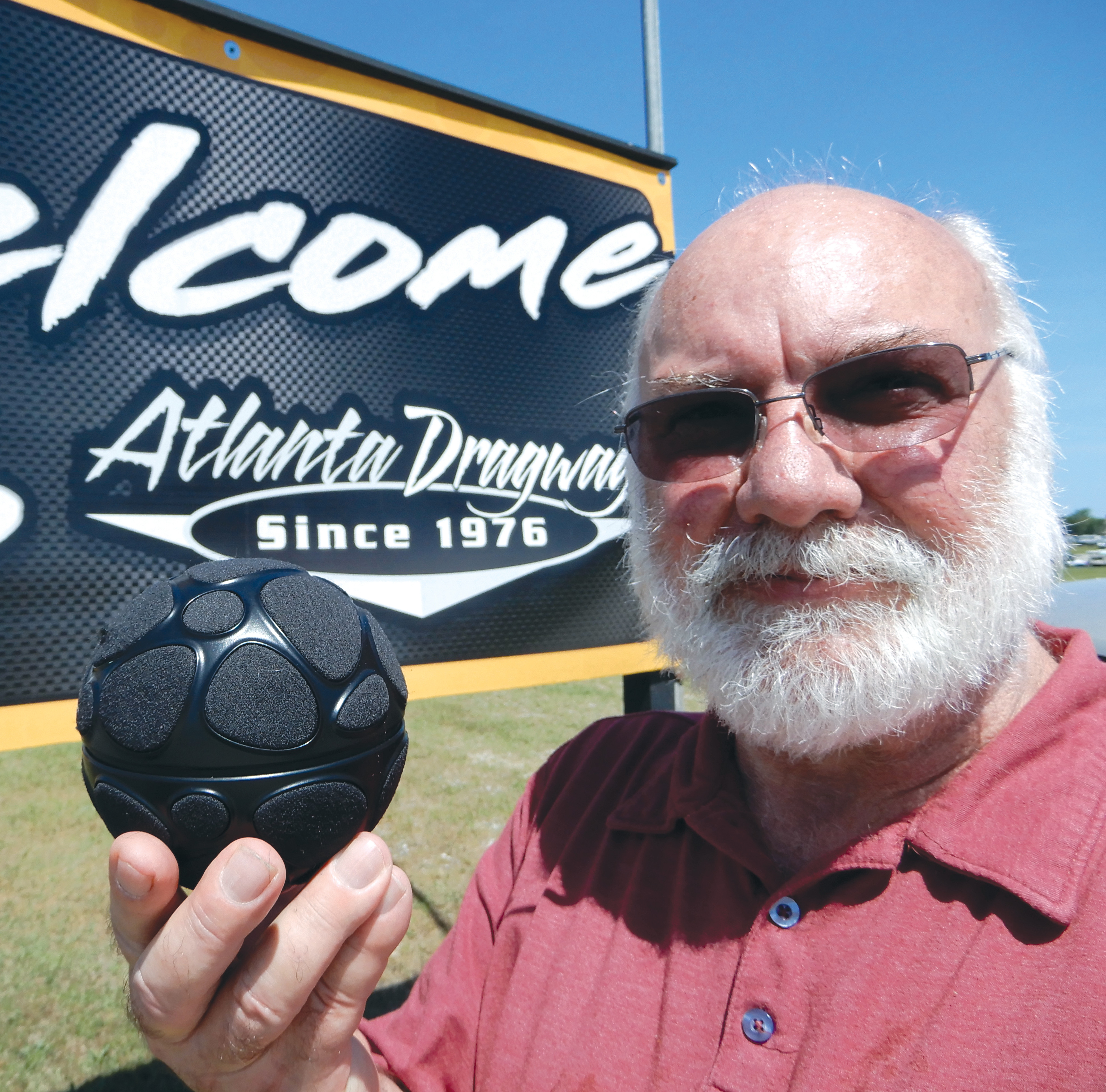Monitoring and the Art of Listening
In the August issue of TV Technology, I covered the topic of monitoring and metering as a visual reference for audio mixers (“For Audio Monitoring, Seeing Is Believing”) This column continues the discussion of monitoring and the art of listening.
Critical listening in small and acoustically challenging spaces can be tricky at best and almost impossible in an OB van—almost. The problems range from poor speaker placement, improper speaker calibration and alignment, inadequate acoustic treatment in the OB van, frequency masking from extreme ambient noise including HVAC along with excessive chatter on intercom channels. Note: All of this can result in deceptive mixes and mixer fatigue.

IT’S ALL ABOUT DESIGN
Overcoming the myriad of problems associated with inherently deficient listening spaces begins with speaker designs for critical listening. Speaker design has generally been about originating all frequencies from the same location in space and time. This clearly means that the speaker, enclosure and acoustics should not change the direction and dispersion of the sound waves. There is no doubt about the difficulties of keeping the low and high frequencies constant in the horizontal and vertical planes because of the vast difference in the size of low and high frequency sound waves.
Many speaker manufacturers have adopted the term and principles of a shaped wave guide, which physically contours the speaker and/or enclosure to guide the propagation of the sound waves. The intended results are controlling the directivity and dispersion of the sound waves in an attempt to more focus the sound at the mixer while neutralizing reflections off the adjacent surfaces including walls, floor and ceiling as well as equipment. The downside is that a tighter focus of the sound waves may also result in a narrower “sweet spot.”
Multispeaker enclosures use separate transducer drivers for the high and low frequencies, which can lead to uneven reproduction, phase and distortion issues.
By locating the transducers as close as possible to each other and to the listener, this positioning helps the brain aurally perceive that there is a single point source. Point source is a relatively common speaker principle because of the advantages for phase coherence, while the ultimate point source design is coaxial speakers.
Coaxial speakers use a single driver to reproduce the high and low frequencies and tend to minimize some of these problems. According to Thomas Lund, senior technologist with Genelec, “From a perceptual point of view, organic (sound) sources above 300 Hz, like the human voice and musical instruments, radiate this way naturally.” As we know, the dominant sound in both film and broadcast is the human voice.

Even though coaxial speaker design has been around awhile, so have electrostatic and variations on ribbon type speakers. The inherent advantage to electrostatic speakers is that one diagram (like the coax speaker) uniformly drives the HF and LF, but electrostatic designs tend to be large and fragile and not really an option for OB use.
Ribbon transducers are based on the same design principles as typical magnetic- type moving coil speakers, but use different materials than typical tweeters. An interesting variation on ribbon designs is a concept called “Air Motion Transfer,” because AMT moves air differently and this design sounds different than typical tweeter designs. AMT is a folded diaphragm that moves air up to four times faster, resulting in quicker transient reproduction which, in turn, means more efficiency, less distortion and potentially higher frequency response.
NEAR-FIELD SPEAKERS
Speaker location has been a combination of room space and speaker design. In the last 30 years, I have seen improvements in the OB van audio space, but even with these improvements it still falls short in adequate soundfield reproduction and lack of proper acoustic treatment. Near-field speakers try to address these problems because near-field speakers, as the name implies, means the speakers are closer to the listener to minimize environmental acoustic coloration.
Generally, small speakers require a sub-woofer to reproduce the low frequencies, while mixing for film and broadcast require a low-frequency effect (LFE) speaker. I will suggest that this is the origin of some confusion between using the sub-woofer for bass management and the role of the subwoofer as the LFE.
The overall sonic experience of live sports audio for home listeners has improved with soundbars, but I believe that live sports sound tends to have an unnatural rumble because the sound mixer cannot properly hear full frequency 5.1 surround sound. Significantly, many up-processing devices push some of the sound into the LFE channel and a lot of this content that is up-mixed is definitely not LFE content. I’ll discuss this in a future column.
All listening rooms need to be tuned and virtually all manufacturers incorporate some sort of equalization and level contours with fixed set of switches to try and tame the speaker imperfections and room acoustics. I could not find another manufacturer that uses a dynamic software control in each monitor like Genelec. Software is used to configure, calibrate and control each monitor in the system for frequency response, level and time-of-flight or distance of the speakers from the listener.
Wave guide, coaxial and ribbon are viable speaker designs along with proper equalization and alignment, but now we must consider the size of the enclosure. Most OB vans have implemented sound monitoring within small rectangular spaces, but above speakers for immersive sound are going to be deceptive and problematic. Because of the nature of the OB van audio mix room, most speakers are relatively small and the addition of more speakers for immersive sound is tricky. Speaker placement is critical where the distance necessary for an accurate reference is a consideration.
The Ones speaker system by Genelec, unlike any others, offers a variation of point source and coaxial principles, which can deliver an accurate listening reference at a distance as little as 50 cm and an immersive impression in a 2 meter square.
Speaker sonics, high listening levels, distortion, unnatural imaging, all occur while the sound mixer must listen to a wide range of audio sources including program audio plus communications. There is no doubt all contribute to listener fatigue—a topic rarely discussed. Appropriate speaker design is a good start along with considering alternative workflow and ear training, all of which will facilitate immersive sound as the new standard for broadcasting. Immersive sound production is demanding in the OB Van, but not impossible—and it’s time to get ready.
Dennis Baxter has spent more than 35 years in live broadcasting contributing to hundreds of live events including sound design for nine Olympic Games. He can be reached atdbaxter@dennisbaxtersound.comor atwww.dennisbaxtersound.com.
Get the TV Tech Newsletter
The professional video industry's #1 source for news, trends and product and tech information. Sign up below.
Dennis Baxter has spent over 35 years in live broadcasting contributing to hundreds of live events including sound design for nine Olympic Games. He has earned multiple Emmy Awards and is the author of “A Practical Guide to Television Sound Engineering,” published in both English and Chinese. His current book about immersive sound practices and production will be available in 2022. He can be reached at dbaxter@dennisbaxtersound.com or at www.dennisbaxtersound.com.

